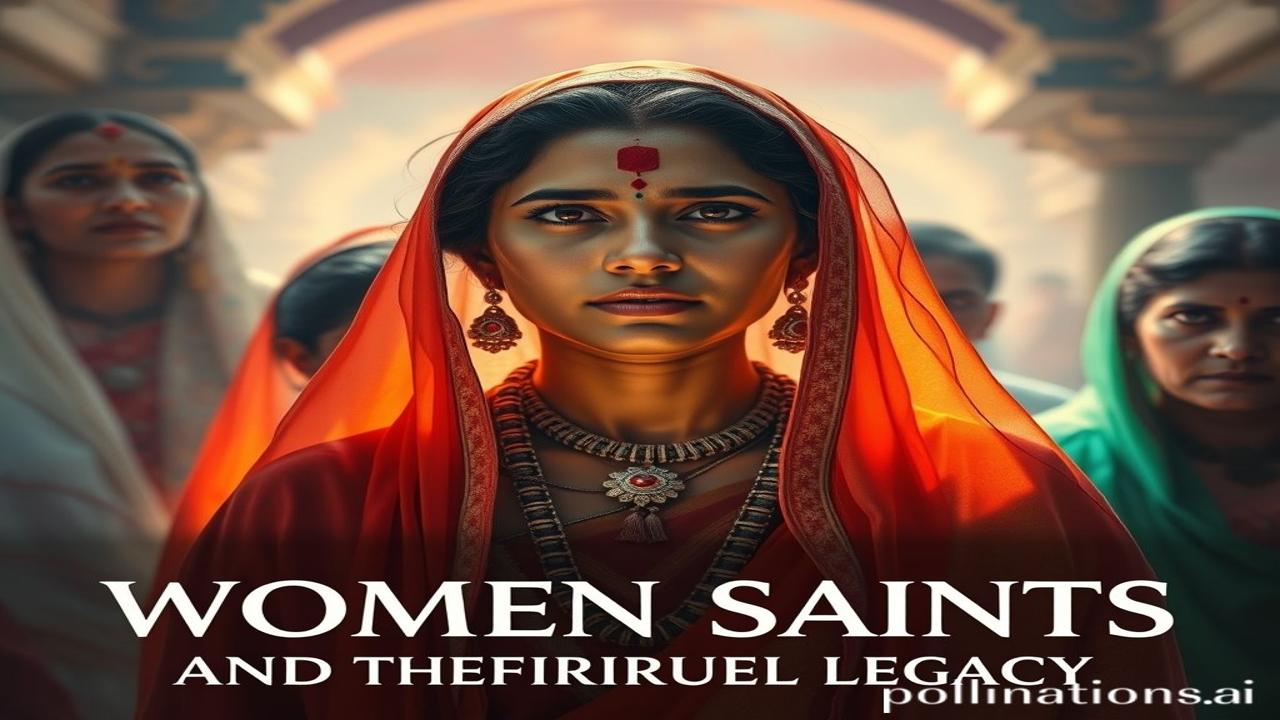Waqt Ki Dhool Mein Chhupi Veeranganaayein: Unsung Women Warriors of Bharat
Kabhi socha hai, jab hum Raja-Maharajaon ki baatein karte hain, toh kitni baar un Raniyon aur betiyon ki kahaniyan yaad aati hain, jinhone talwar uthakar apne logon ki raksha ki? Waqt ki dhool mein kuch aisi Veeranganaayein chhup gayi hain, jinke naam itne mashhoor nahi, par unki shaurya-gatha kisi se kam nahi. Aaj hum inhi anjaan mahila yoddhaon ki baat karenge, jinhe hamare itihaas ne shayad thoda bhula diya.
Historical Background: Beyond the Familiar Names
We all know about Rani Laxmibai, Chand Bibi, and even Razia Sultan. But Bharatvarsh, the land of kings and emperors, also saw countless women warriors from lesser-known kingdoms who fought with equal courage and determination. These women came from diverse backgrounds, from royal families to tribal communities, and they rose to the occasion when their lands and people were threatened.
Think of regions like Kerala, Assam, or the smaller Rajput kingdoms. These areas were hotspots of constant power struggles, and women often played crucial roles in defending their territories. We’re talking about the period roughly from the 10th century to the 18th century – a time of intense political upheaval and societal change.
Zameeni Sach – Log aur Jeevan: A Glimpse into Their World
Imagine a young princess in Assam, raised not just on poetry and dance, but also on martial arts and statecraft. Perhaps she is Mula Gabharu, the wife of a Ahom commander, who took his place on the battlefield after his death, inspiring her army to fight valiantly against the Mughals. Her face is smeared with war paint, her eyes blazing with determination, and her hand firm on the sword.
Or picture a Nair woman in Kerala, trained in Kalarippayattu from a young age. She might be leading a group of soldiers, navigating the dense forests and using guerilla tactics to defend her village from invading forces. Her movements are swift and precise, a testament to years of rigorous training.
“Ma Rukmini ne aaj naye kapde pehne, kyunki mandir mein utsav tha…,” but even amidst the festivities, she kept her hand close to her dagger, always ready to defend her family and her land. The aroma of sandalwood and incense mingled with the scent of sweat and leather, a constant reminder of the looming threat.
Dharohar aur Pehchan: Their Legacy in Modern India
Even though their stories aren’t as widely known, the spirit of these women warriors resonates even today. We see echoes of their bravery in the strength and resilience of Indian women across all walks of life. Their legacy is embedded in our cultural consciousness, reminding us that shakti – feminine power – is an integral part of Bharatiyata.
Think about the martial arts traditions that still thrive in different parts of India. These are not just physical skills; they are a reminder of a time when women were expected to defend themselves and their communities. From the Gatka of Punjab to the Thang-Ta of Manipur, these art forms are a living testament to the warrior spirit that runs deep in our veins.
Mazedar Tathya ya Bhram-Bhanjak: Unveiling the Truth
Log samajhte hain ki sirf Rajaon ne ladaiyaan jeeti, lekin asli sach yeh hai ki unki Raniyon aur betiyon ne bhi barabar ka yogdaan diya. Often, these women acted as strategists, diplomats, and even spies, playing crucial roles behind the scenes. Their intelligence and cunning were as valuable as their physical prowess.
Myth-Buster: It’s a common misconception that women in ancient India were confined to the domestic sphere. While social norms did exist, history is replete with examples of women who defied these norms and carved their own paths as warriors, rulers, and scholars.
Drishya aur Bhavnayein: Painting the Scene
The air smells of gunpowder and sandalwood, a strange mix that permeates the battlefield. The temple walls feel rough and cold against your back as you take cover, the chants of prayers echoing in the distance, a stark contrast to the clash of swords and the screams of the wounded. The rhythm of the drums beats like a war drum, accelerating the pulse, calling forth bravery.
Antim Vichar ya Uddharan: Reflections on Courage
These lesser-known women warriors remind us that courage is not the exclusive domain of men. It is a universal human trait that can be found in anyone who is willing to stand up for what they believe in. Their stories, though often forgotten, deserve to be told and celebrated, inspiring us to find our own inner warrior and fight for a better world.
“Yatra naryastu pujyante, ramante tatra devata” – Where women are honored, divinity resides. Let us honor these forgotten heroines and ensure that their stories are never lost again.
